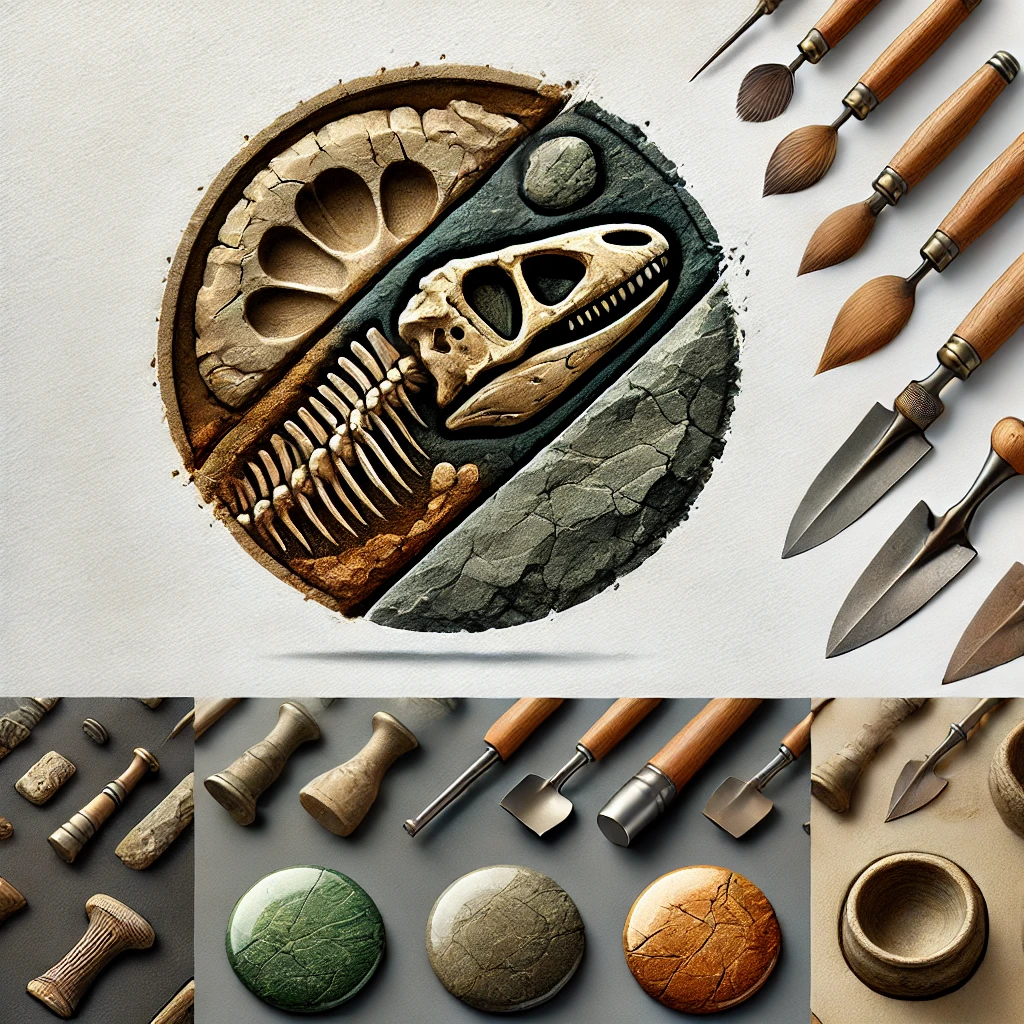The Venus de Losange: A Paleolithic Mystery in Green Stone
She fits in the palm of your hand—just 6.1 centimeters tall. Yet the Venus de Losange, carved from green steatite over 20,000 years ago, carries the weight of centuries. Unearthed from the Balzi Rossi caves of Italy in the late 19th century, this Upper Paleolithic figurine whispers across time, telling a story we’re still trying to understand.
She has no face, no limbs, no narrative carved in stone. And yet, in her stylized form—her rhomboid body and geometric curves—there’s a presence. An enigma. A haunting grace.

The Origins of the Venus de Losange
Venus de Losange and the Gravettian Culture
The Venus de Losange belongs to a broader tradition of Paleolithic art, created by the Gravettian people who lived across Europe around 28,000 to 22,000 years ago. These early humans shaped a world where survival depended on both practical skill and symbolic expression. The Venus figurines—small sculptures of female forms—appear throughout this period, each one telling its own unique tale.
The Venus de Losange stands apart. Unlike the voluptuous curves of the Venus of Willendorf or the tactile fullness of other prehistoric figures, this Venus is angular and abstract. She is art as idea.
Unearthing the Venus de Losange in Balzi Rossi
The caves of Balzi Rossi—perched above the Mediterranean in what is now Liguria, Italy—are more than archaeological sites. They are portals into the deep human past. It was here, in the soft layers of ancient earth, that the Venus de Losange was found in the late 1800s. Her discovery sparked immediate intrigue. Who made her? Why?
Though she now resides in the Musée d’Archéologie Nationale in France, her story begins in the firelit shelters of our ancestors.
Green Steatite and Its Symbolic Significance
She is carved not from bone or ivory, but from green steatite—soapstone—a material that’s soft to shape yet durable. The color itself is curious. In many ancient traditions, green suggests fertility, life, rebirth. Was the Venus de Losange chosen for her color? For her stone’s smooth feel? Or simply for availability?
We may never know. But what remains is a sense of intentionality. Someone, long ago, held this stone and saw something more within it.
Symbolism of the Venus de Losange
The Venus de Losange as a Symbol of Fertility
Across time, many scholars have interpreted Venus figurines as fertility symbols—representations of motherhood, birth, or the divine feminine. With her pronounced hips and exaggerated form, the Venus de Losange fits that mold, though with more abstraction than others.
She is fertility reduced to geometry: life force in rhomboid symmetry.
Artistic Expression in Venus de Losange
Though small, the Venus de Losange is precise. Her lines are intentional, her shape balanced. She is both object and offering—perhaps a talisman, perhaps a sculpture created for ritual use. Her minimalism, so stark, feels modern. Yet it emerged from a world without metal, without writing, without cities.
She is art before history.
Venus de Losange and the Human Desire to Endure
What drives someone to carve such a figure? Perhaps the same impulse that inspires us today—to be remembered. To leave a mark. The Venus de Losange is not just a symbol of fertility or belief. She is a testament to memory, to presence. A reminder that someone, somewhere, wanted their world to be known.
And so, she endures.
Legacy of the Venus de Losange
Venus de Losange and Her Place in Prehistoric Art
Among the many Venus figurines found across Europe, the Venus de Losange holds a quiet distinction. Her abstraction, her size, and her material set her apart. She shows us that prehistoric art was not monolithic—it was diverse, dynamic, and full of imagination.
She forces us to reconsider what we know of Paleolithic minds.
Museum Preservation of Venus de Losange
Today, the Venus de Losange is housed in the Musée d’Archéologie Nationale in France. Behind glass, under careful light, she stands frozen in time. Yet her power remains. Visitors stop. They study. They wonder.
In a world of constant motion, she offers stillness—and mystery.
The Venus de Losange in Modern Culture
Though lesser known than other Paleolithic icons, the Venus de Losange is gaining recognition. Scholars write about her. Artists are inspired by her form. She has been recreated, discussed, questioned. Her mystery is her magnetism.
She is a relic, but not forgotten.
Why the Venus de Losange Still Matters
A Reflection on Human Creativity
The Venus de Losange is proof that even 20,000 years ago, humans were creators, not just survivors. They dreamed. They shaped. They carved stories into stone. She reminds us that creativity is not a modern gift—it is ancient, fundamental, and necessary.
Venus de Losange as a Bridge Between Past and Present
When you look at the Venus de Losange, you’re not just looking at an artifact. You’re looking into the eyes of someone who lived in a world unimaginable to us—and who still reached for meaning, beauty, and memory.
She connects us to them. Across time. Across silence.
Enduring Power of the Venus de Losange
She has outlived empires. She has crossed borders. She has survived ice and fire, discovery and display. The Venus de Losange continues to whisper a story we haven’t yet fully understood.
And that may be her greatest power.

CÁC TIN KHÁC
Mary Walton: The Forgotten Inventor Who Helped Clean Up America’s Cities
Tomb of Queen Nefertari in the Valley of the Queens, Egypt
Discover the Hypostyle Hall of the Temple of Hathor at Dendera
Venus de Losange: Unveiling the Mystery of a 20,000-Year-Old Paleolithic Icon